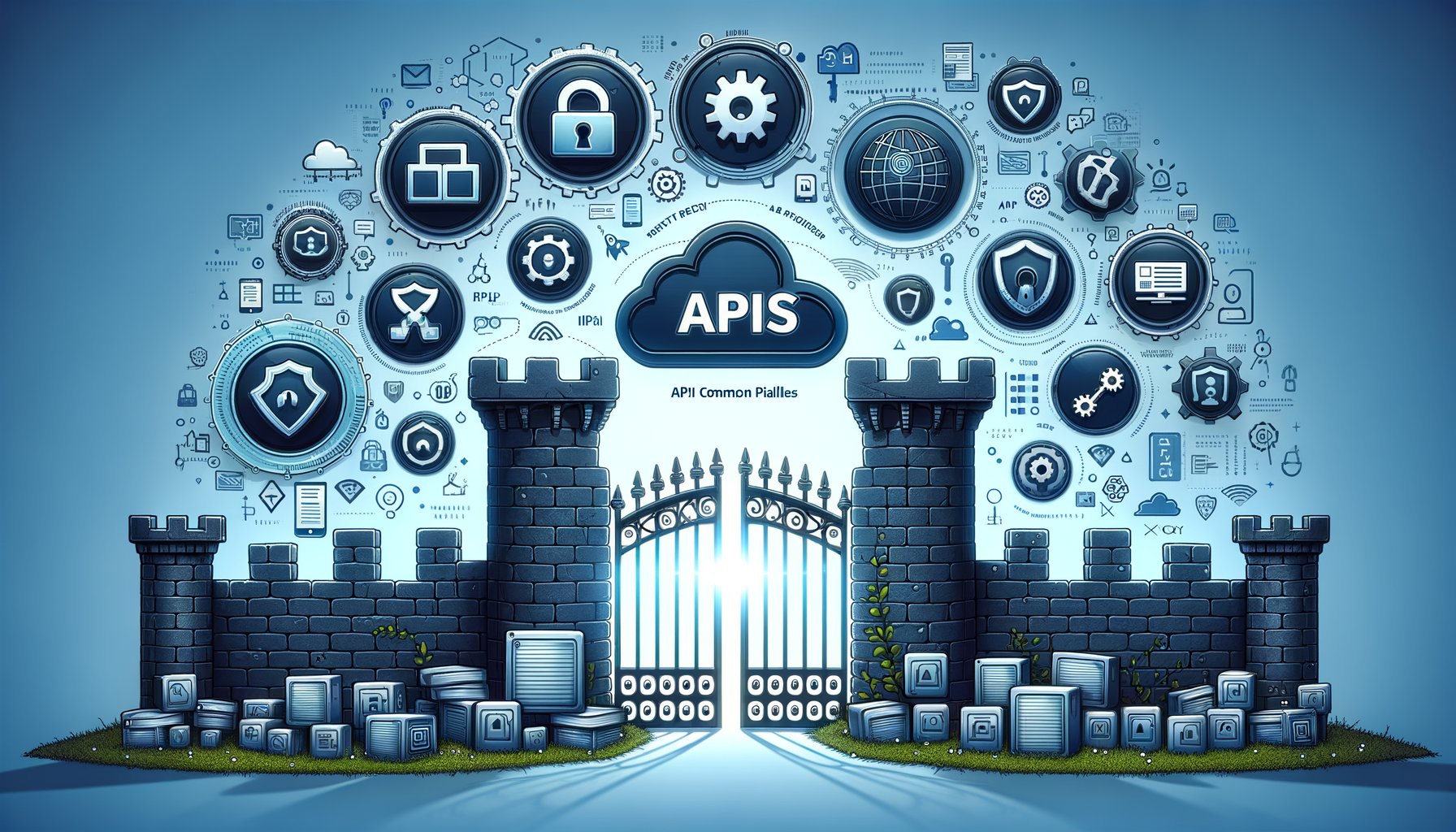Physical Address
304 North Cardinal St.
Dorchester Center, MA 02124
Physical Address
304 North Cardinal St.
Dorchester Center, MA 02124

Application Programming Interfaces (APIs) have become an integral part of modern software development, enabling developers to build sophisticated applications with less effort. However, as the use of APIs continues to grow, so does their potential for exploitation. This article delves into the world of API security, discussing best practices and common pitfalls that developers often encounter.
APIs are the backbone of many digital services today. They facilitate communication between different software components and enable them to work together seamlessly. However, this interoperability comes at a cost – it exposes your application’s internals to the outside world. If not properly secured, APIs can provide attackers with a gateway to infiltrate your system and access sensitive data.
To mitigate these risks, here are some best practices for securing your APIs:
All APIs should be served over HTTPS (HTTP Secure). This ensures that all communication between your application and its users is encrypted, protecting it from eavesdropping or tampering by third parties.
Always validate input data before processing it. This helps prevent SQL injection attacks where malicious code is inserted into an API query.
Rate limiting restricts the number of requests a user can make within a certain time frame. This prevents abuse of your API and protects against brute force attacks.
Differentiate between authenticated (logged-in) and unauthenticated (guest) users using authentication tokens like JWT (JSON Web Tokens). Further, implement authorisation controls to ensure that users can only access resources they are permitted to.
While the above best practices can significantly improve your API security, there are several common mistakes that developers make:
Many developers focus on functionality during development and leave security considerations for later. This often leads to vulnerabilities being built into the application. It’s crucial to incorporate security measures right from the design phase.
While firewalls and network segmentation are essential, they’re not sufficient for securing APIs. Attackers can potentially exploit legitimate API functions if they manage to bypass network level security measures.
Vulnerabilities may be discovered in APIs over time, making it necessary to regularly update and patch them. Failing to do so leaves your application exposed to known threats.
In conclusion, ensuring robust API security is a complex but necessary task in today’s digital landscape. By adhering to best practices and avoiding common pitfalls, developers can build secure applications that stand up against potential threats.
Remember, securing an API isn’t just about implementing safeguards—it’s also about continuously monitoring its activity, detecting anomalies early, and responding swiftly when a threat is identified.
Keep learning, keep coding, and most importantly—keep your APIs secure!